The latest observations from NASA’s Juno mission to planet Jupiter reveals shocking facts about our solar system’s largest planet which earlier were just a mystery. Juno collected information about Jovian lightning, which changed earlier theories.
- Juno solves the mystery behind the missing of ammonia from the planet.
- ‘Shallow lightning’ observed at high altitudes of Jupiter.
- The planet experiences ‘Mushballs’ or ammonia hailstorm.
“Jupiter is central to understanding how all the planets in our solar system are formed. And it has secrets still to be unlocked.” – Caltech planetary scientist David Stevenson.
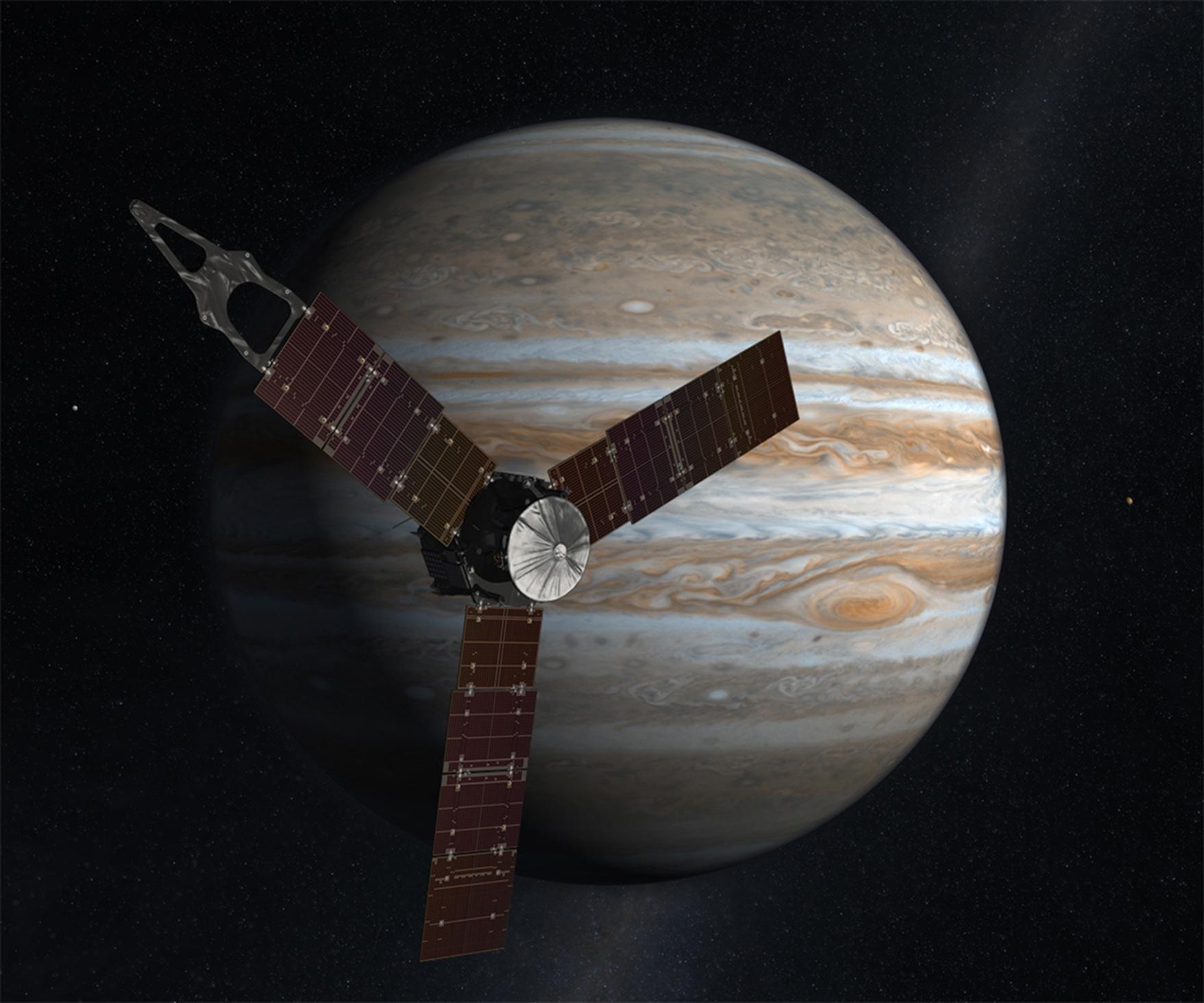
NASA’s Juno mission to Planet Jupiter
Juno mission is the 10th mission to Jupiter. Juno is a NASA space probe orbiting the planet Jupiter, the 5th planet in our solar system. The spacecraft got launched on August 5, 2011, from Cape Canaveral Air Force Station and arrived at Jupiter on July 4, 2016.
Juno is the farthest space mission ever to be powered by solar arrays. The spacecraft got much closer to Jupiter’s cloud tops than any previous missions. The mission aims to understand the magnetic fields, auroras, atmosphere, formation, and evolution of Planet Jupiter. Juno spacecraft is the second spacecraft designed under NASA’s New Frontiers Program.
The spacecraft is built by Lockheed Martin Space Systems, Denver. The head investigator of Juno mission is Scott Bolton, of Southwest Research Institute in San Antonio. JPL, a division of the California Institute of Technology in Pasadena, manages the mission for Scott.
Juno mission ended last week, on 31st July. Now, the space probe is to deorbit planet Jupiter and eventually disintegrate in the planet’s outer atmosphere. The scientists named the mission after the goddess Juno, who was Jupiter’s wife in Roman mythology.
The latest findings of NASA’s Juno mission
NASA’s Voyager mission first recorded Jovian lightning flashes in 1979, and scientists thought Jupiter’s lightning is like Earth’s, which occurs only in thunderstorms where water exists in all its phases – ice, liquid, and gas. But Juno mission has proven this theory wrong. Camera sensitivity, long exposures, and distance from Jupiter limited previous captures.
Several missions that visited or flew by planet Jupiter over the past several decades observed Jovian lightning flashes. But the much better resolution of Juno cameras allowed the researchers to confirm shallow lightning flashes at much higher altitudes. At these altitudes, there is no liquid water.
On the gaseous Planet Jupiter, ammonia lowers the melting point of water ice and allows the formation of a cloud with ammonia-water liquid. In this new state, falling droplets of ammonia-water liquid can collide with the upgoing water-ice crystals and electrify the clouds, creating flashes of shallow lightning, the unexpected electrical discharge.
This is a surprising revelation, as ammonia + water clouds do not exist on Earth. These clouds create hailstones made of ammonia + water. Juno’s science team calls ‘Mushballs’.
“Previously, scientists found that there were small pockets of missing ammonia, but none of them realized how deep these pockets went or that if they covered most of Jupiter,” said Scott Bolton.
“Earlier, we were finding it very difficult to explain the depletion of ammonia only with ammonia + water rain, but the rain could not go deep enough to meet with the observations. We have now realized that the slushy ammonia-rich hailstones or ‘Mushballs’ fall down into the depths of Jupiter’s atmosphere.” Scott added.
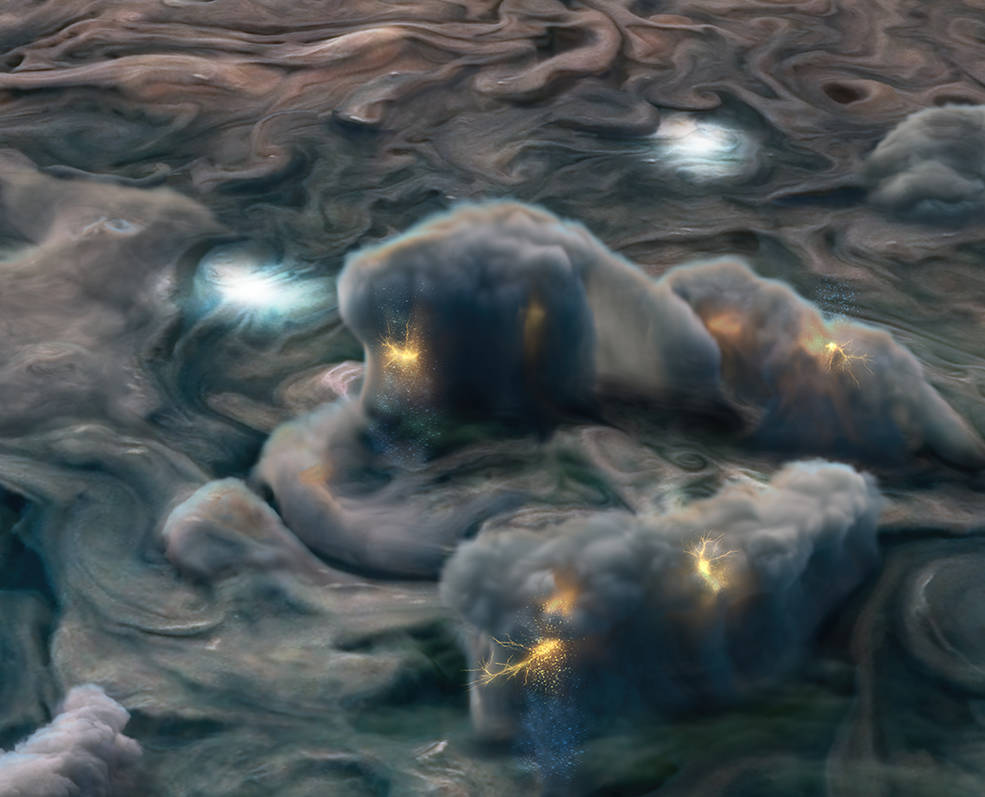
Juno mission researchers published their work in three papers:
The scientists released two papers in the Journal of Geophysical Research: Planets. Find the papers here and here. The third paper got released in the science journal ‘Nature’.
Other findings of Juno mission
- Juno spacecraft is famous for the photography of Jupiter’s swirling clouds.
- It provided scientists with the first clear vision of Jupiter’s poles — which reveal an unseen sight, not seen anywhere else in the solar system.
- Discovered a new, smaller cyclone had hit in the south pole.
- The maps created by scientists show that Jupiter has a core, but not how the scientists expected it to be like. They even thought if there is any core or not. The core is a fuzzy sphere spread across nearly half of Jupiter’s diameter.
- For decades, the textbook photos of Jupiter’s magnetic fields show that the planet has a well-defined magnetic north-pole and south-pole. But Juno has proven this study wrong. Juno’s measurements show that the magnetic fields of both the hemispheres look very different.
Pictures of Planet Jupiter taken by Juno cams. Source: NASA.
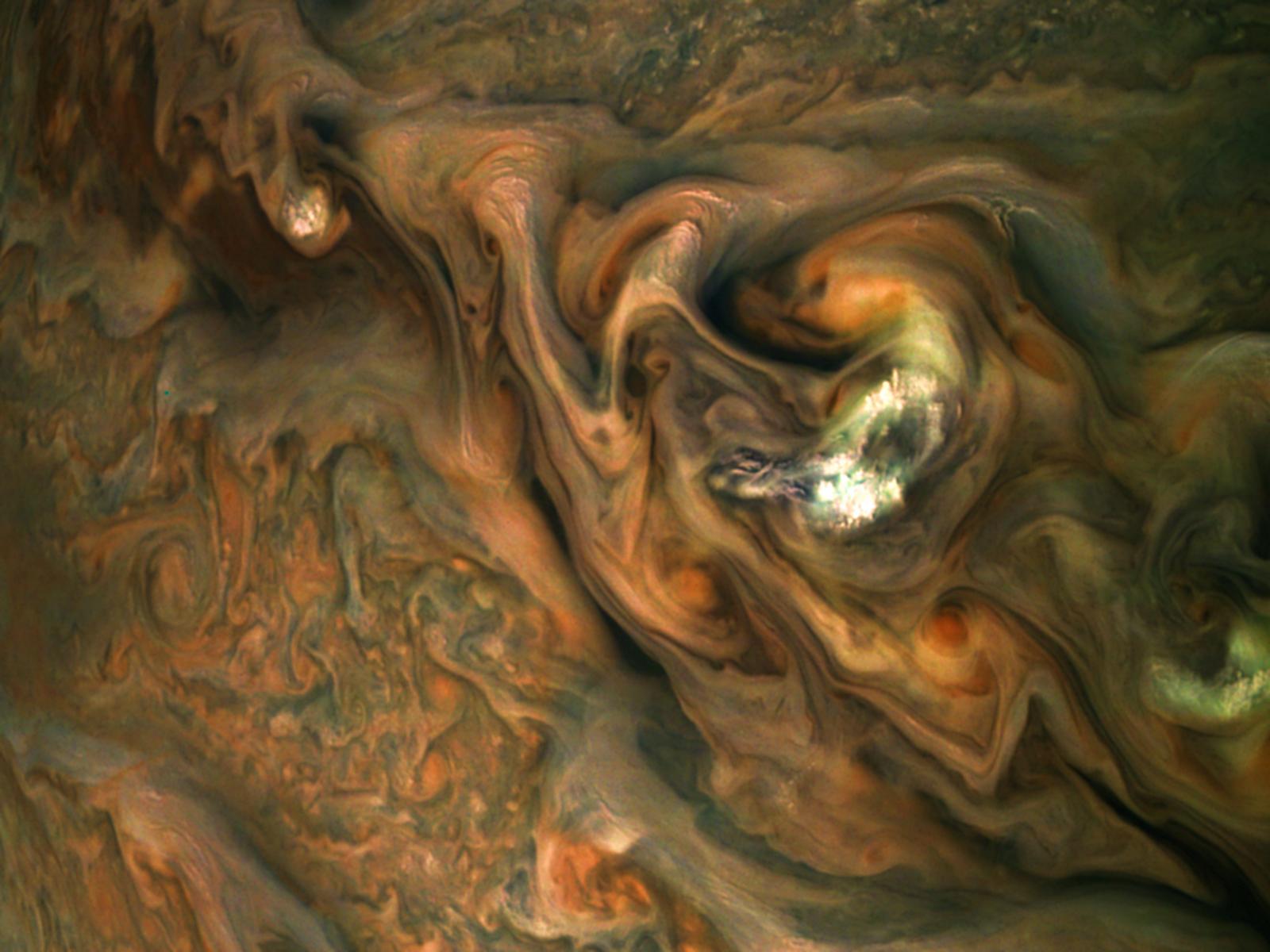
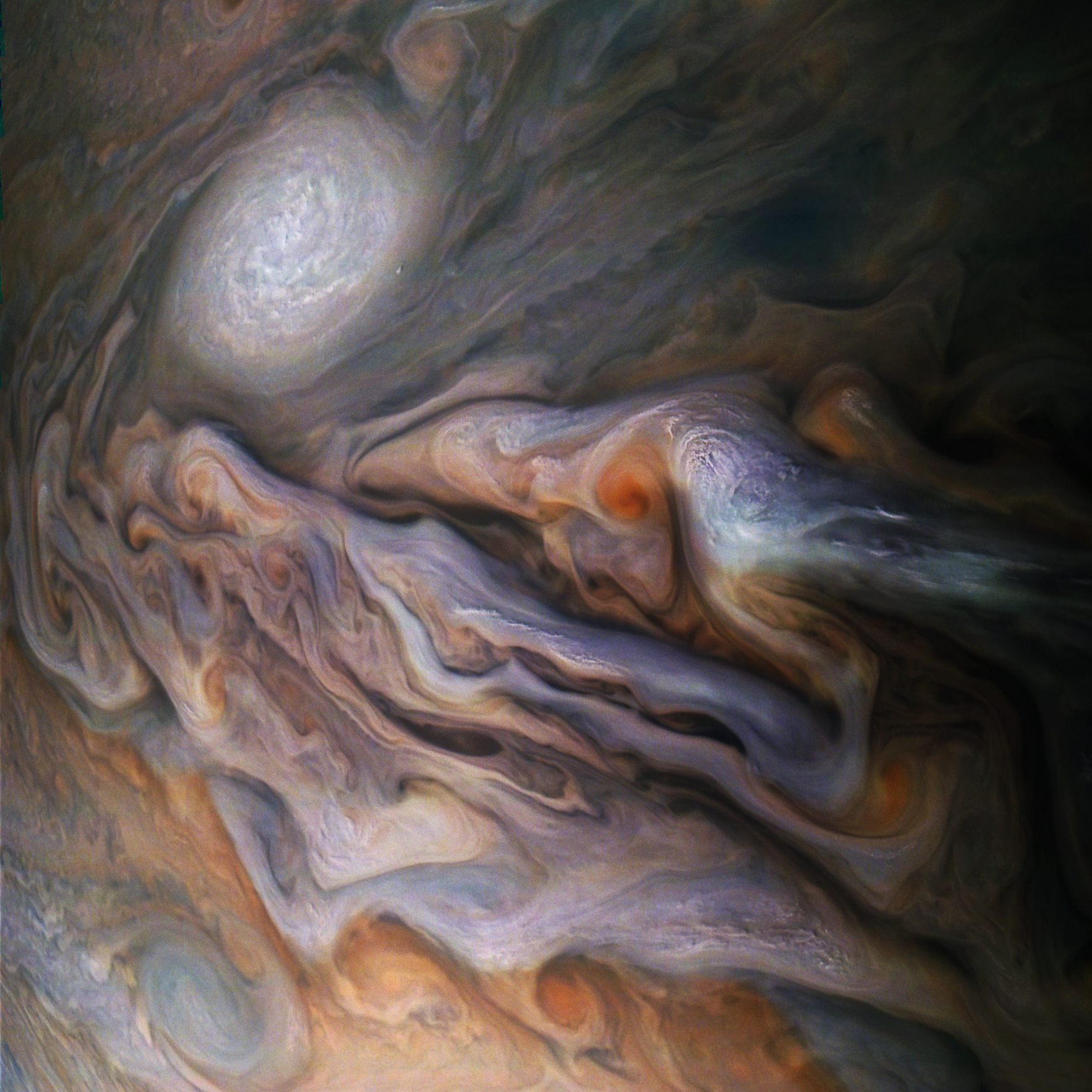
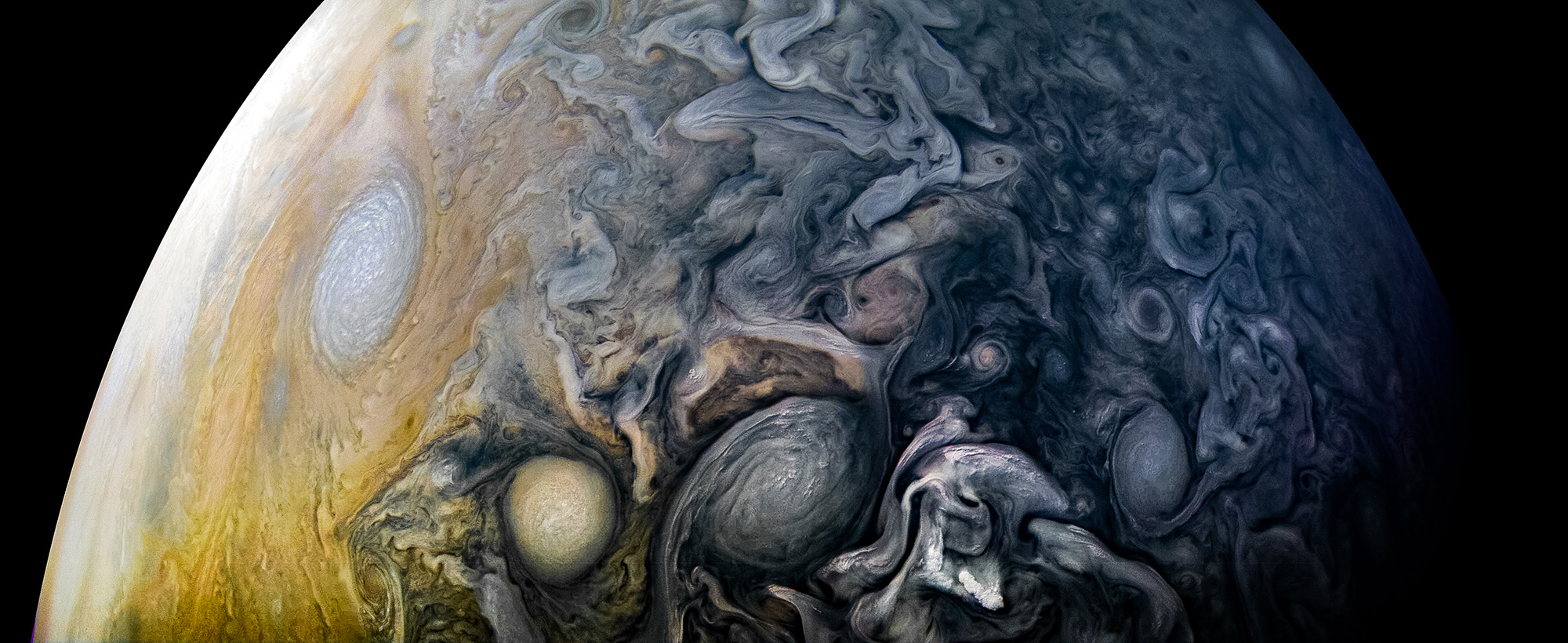
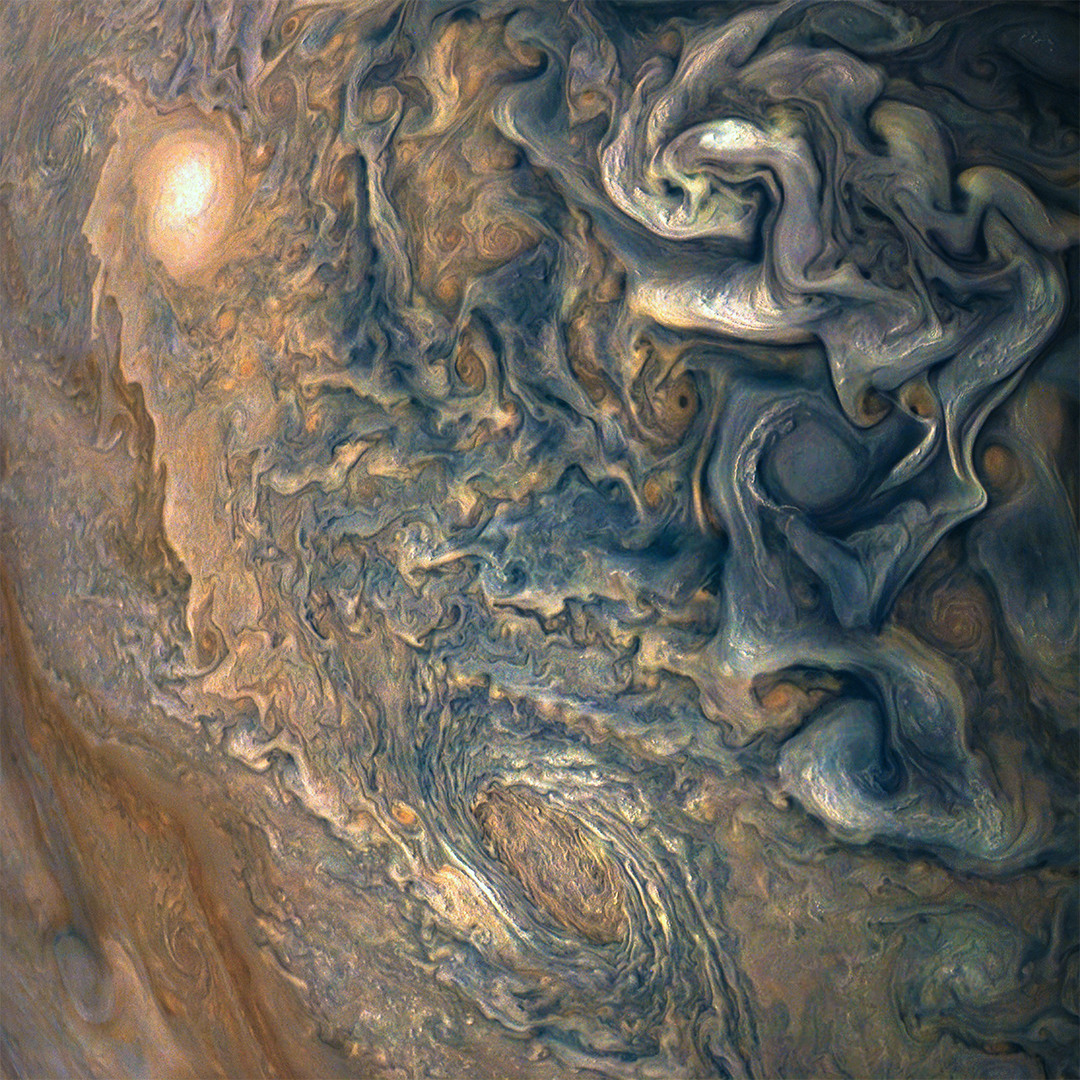
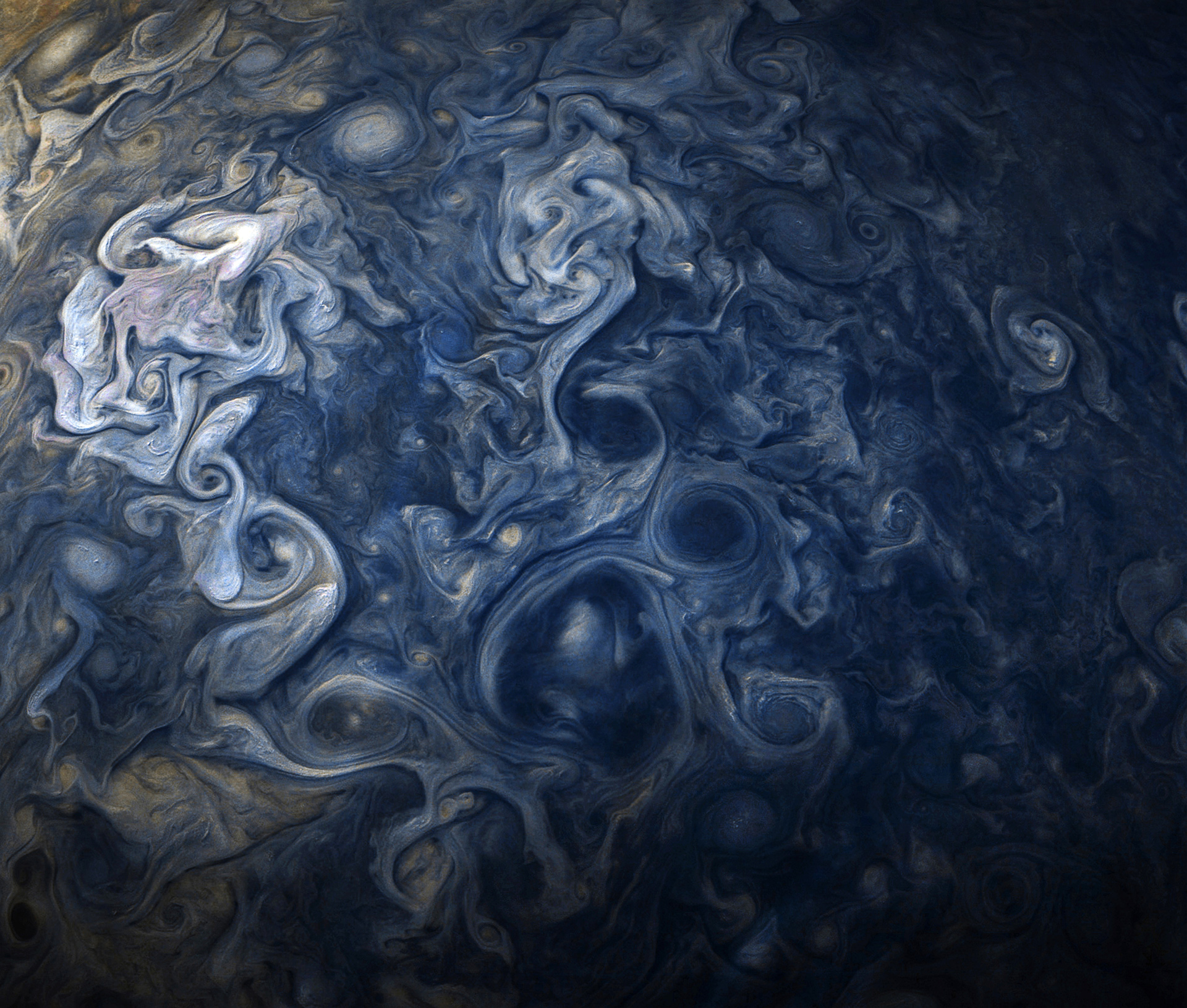
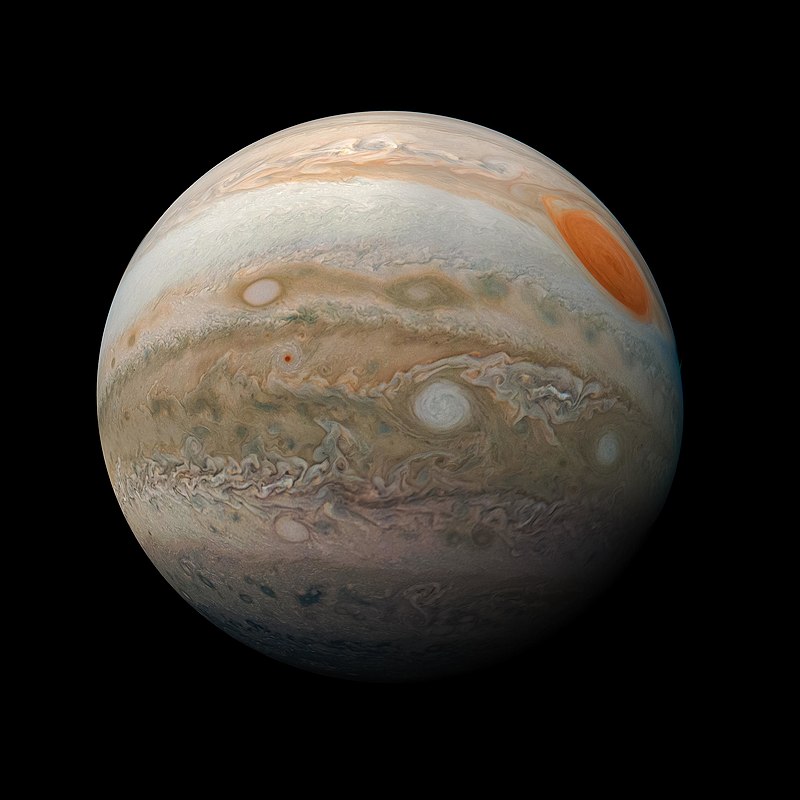
More information about Juno is available on NASA’s official websites here and here
Follow Juno mission on Facebook and Twitter.
1 thought on “NASA: Juno Mission Reveals 3 Unexpected Facts About Planet Jupiter”